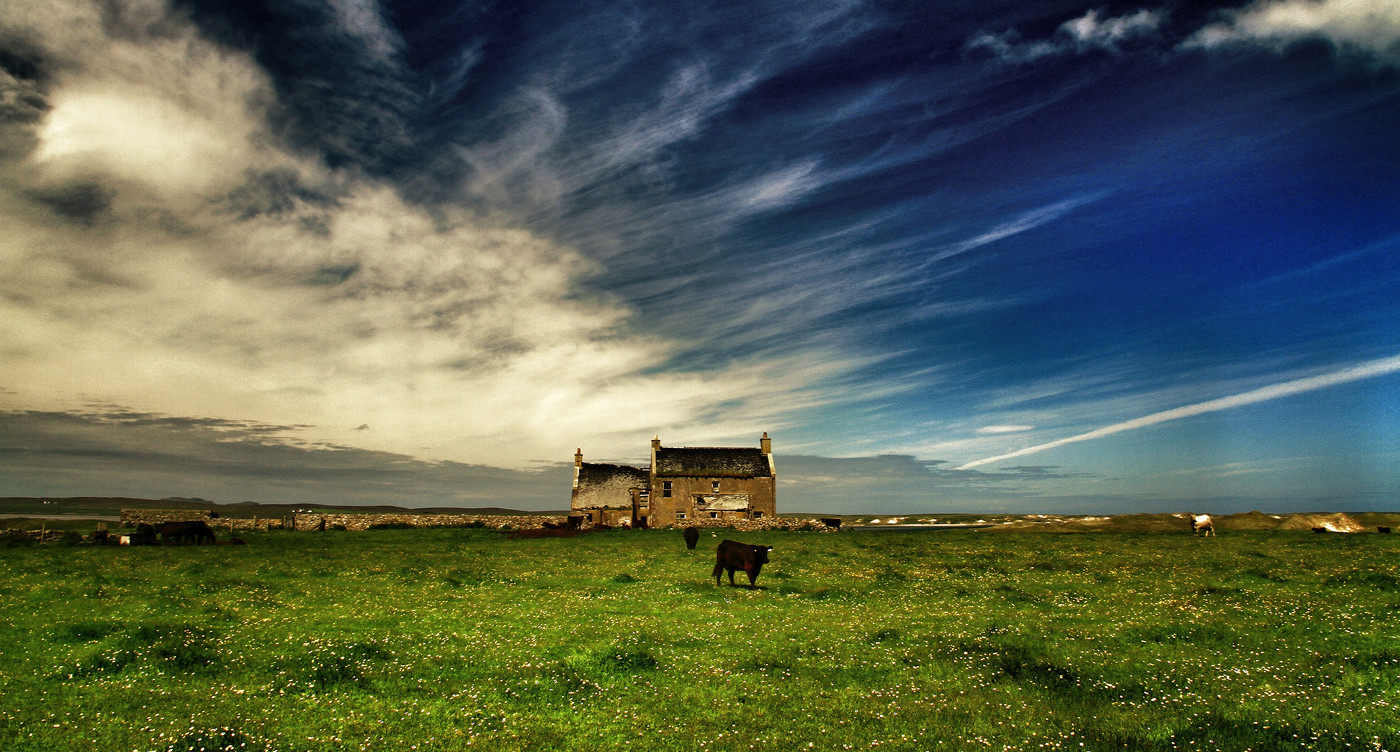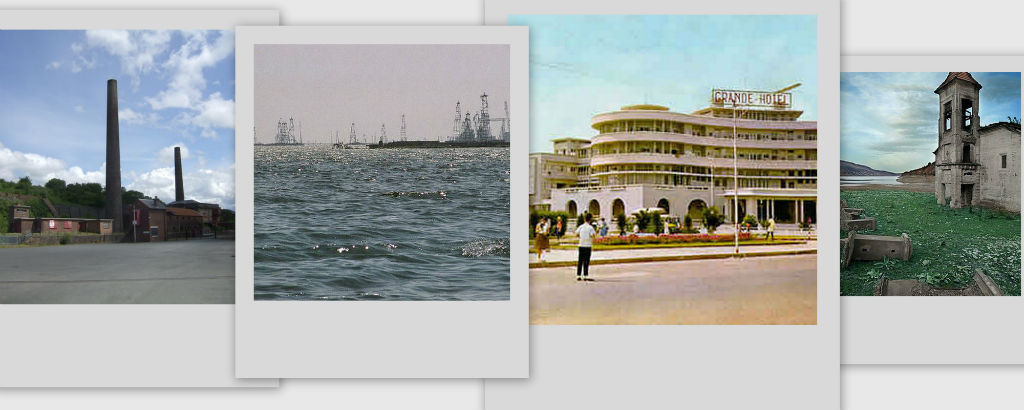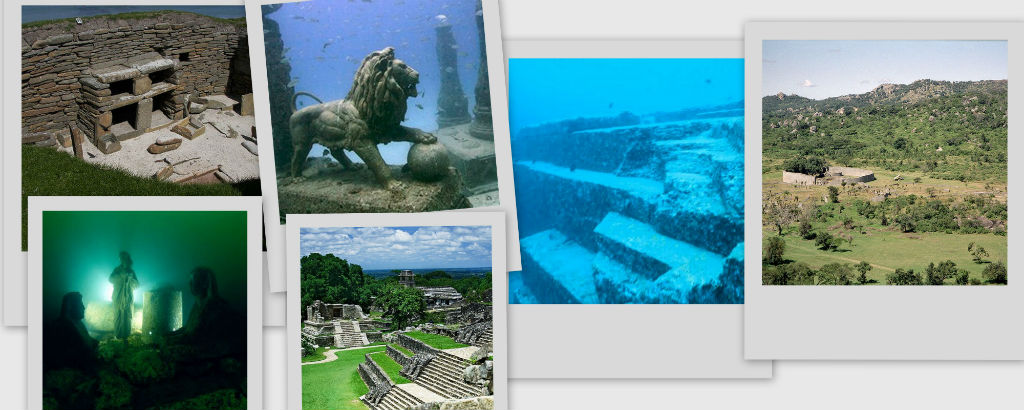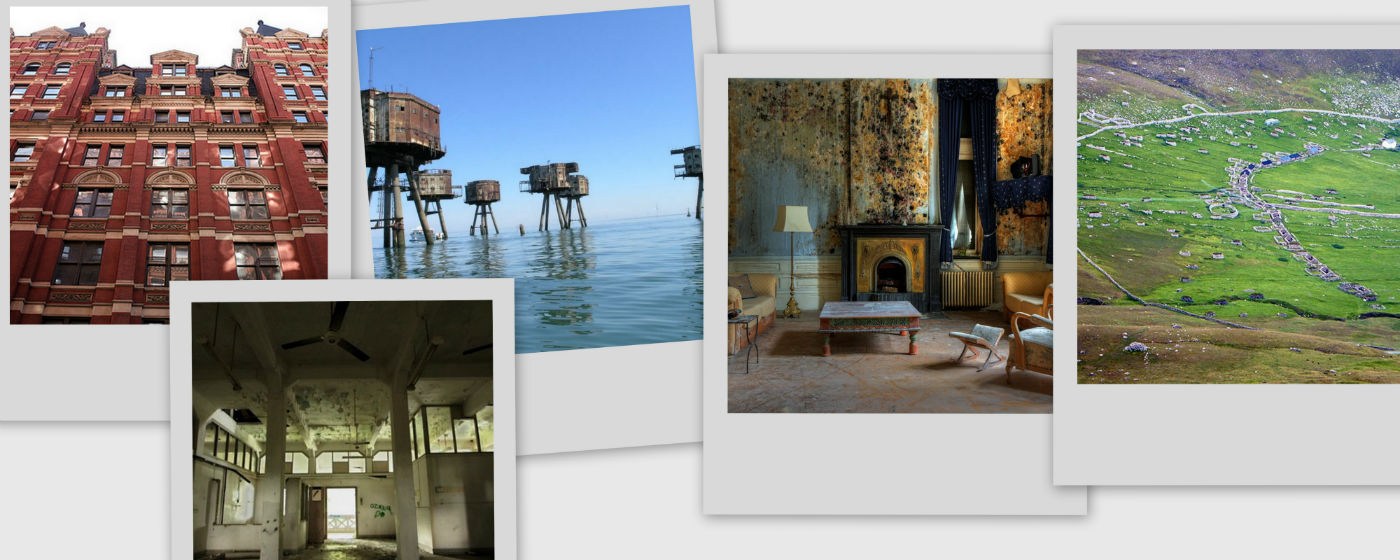i’m sorry
Continue reading
scotland
The weekend will arrive eventually. Continue reading
Another installment in our series on abandoned places in the world. Continue reading
Another installment in our series on abandoned places in the world. Continue reading
Another installment in our series on abandoned places in the world. Continue reading
Another installment in our series on abandoned places in the world. Continue reading
Check out these incredible photos of Scotland and Northern Ireland taken by a camera-savvy motorcyclist.
Scotland and Ireland. Two places you probably know nothing much about. But in this week of St Paddy – try not to get them mixed up. Especially if you want to befriend a native on March 17th.
Don’t look to Hollywood. They are the source of Scotireland. They cannot tell the difference particularly with accent. It is just one of many things Hollywood gets things wrong all the time. Hence Scotland’s Gerard Butler (apparently of Irish stock like many from Glasgow) apologised for doing a shitty ‘Irish’ accent in PS I Love You. Quite rightly. I don’t know if Liam Neeson did the same did the same for Rob Roy – but he should. However, next to Jessica Lange in that movie – he was Meryl Streep. Piss-poor accents bring natives out in hives (e.g. Braveheart).
However – I think we in the Old World should be more generous. Internal cultural nuances are tricky for everyone. People in North America never get to hear actual authentic accents – apart from Craig Ferguson. And many still think he is Irish. Perhaps it is time to admit – to the untrained ear, Scots and Irish do sound a bit similar.
And here is why – both countries have considerable overlap. It is easy to mix-up at times. Some parts of Ireland are heavily influenced by Scotland and vice versa. But if you wander in from outside – how are you to know? A bit of history might help illustrate why.
The Irish in Scotland
 Scotland can be divided basically into various crude units. Western Scotland and the Islands being one. Another is other is Lowland Scotland. Third is Eastern and the far North Scotland. Each component is different in some way such as geography or political allegiances and historical language. However, you can say that Lowlanders stem from the ancient Kingdoms of the Britons (various tribes who spoke a language similar to Welsh before and during the Roman Occupation – 39 to 410 AD) and that Eastern & North Scotland come from the 7 Kingdoms of the Picts.
Scotland can be divided basically into various crude units. Western Scotland and the Islands being one. Another is other is Lowland Scotland. Third is Eastern and the far North Scotland. Each component is different in some way such as geography or political allegiances and historical language. However, you can say that Lowlanders stem from the ancient Kingdoms of the Britons (various tribes who spoke a language similar to Welsh before and during the Roman Occupation – 39 to 410 AD) and that Eastern & North Scotland come from the 7 Kingdoms of the Picts.
To be honest – we don’t know that much about the Picts other than even the Romans considered them insular and warlike. The Pictish language and culture is mostly very mysterious – but was probably a native language of ancient Britain called Brythonic as seen in the place names. Modern Welsh and Breton are Brythonic languages and are rather similar. The Picts left behind some enigmatic stone carvings and one book full of Kingly names and not much else. Some fanciful theories about their origins are unproven and IMO rubbish. Anyone who has been to Aberdeen knows same folks are still there.
What we do know is that some 1500 years ago – Pictland and the Lowland Kingdoms regularly made war (and marriage!) with each other and their neighbours in the West. The West and the Islands were colonised during this era by incomers from Ireland. The Scoti and then the Gaels (rhymes with dales). The Gaels formed a kingdom called Dál Riata (Dol Re’ada). This is where the Irish influence comes from in Western Scotland. The language of the Gaels is still spoken today and is called Scots Gaelic (pronounced Gah-lack – Gay-lick is Ireland). They are sort of Irish-Scots. And their word for Scotland is Alba.
What many see as Scottish folk costume is actually called ‘Highland dress’ – meaning kilts, small harps (called clarsachs), names starting in Mc/Mac and bagpipes are more the legacy of the Gaels. They have them in Ireland too – just in a different form. People still play Shinty, which is similar to Irish Hurling. Teuchter (chyuchter) is a popular word for basically a hillbilly but original meant Gaelic-speaker. Although tartan (not called plaid BTW – a plaid rhymes with maid is the shoulder shawl in Highland dress) is a very old tradition found across the ancient Celtic world. The ancient Gauls of France wore tartan in the Iron Age but were famous for wearing trousers. In Scotland they are called breeks.
People in the Lowlands have never worn kilts or spoke Gaelic. Their language Scots is a form of English with a very strong Anglo-Saxon and Scandinavian influence from over the North Sea. Some dialect words are basically the same in Nordic languages and German today – like heme (home), coo (cow) and ken (to know – like ‘Kennen Sie?/Do you know?’ in Deutsch). The Lowlanders were once part of the Anglo-Saxon kingdom of Northumbria – which stretched halfway to London and was before ‘England’ even existed. .
Don’t expect to remember all this – it is a lot to digest.
The Scots in Ireland
 Fast forward to the 16th century AD. With the arrival of Protestantism during the Reformation – many people from mainland Britain move over to Ireland to start plantations. The King of Scotland James VI lead the way when he gave land confiscated from local chieftains to incomers. Settlers from England are Anglican and bring with them the Episcopal faith – which eventually becomes the Church of Ireland. The Scots settlers bring their more extreme Calvinist faith – called Presbyterianism and even changed the linguistic map. These are the people called Scots-Irish and eventually go to America. They are successful in the New World because of community fortitude and ability to survive in harsh plantation conditions learned in Ulster. They have many descendants including 18 Presidents.
Fast forward to the 16th century AD. With the arrival of Protestantism during the Reformation – many people from mainland Britain move over to Ireland to start plantations. The King of Scotland James VI lead the way when he gave land confiscated from local chieftains to incomers. Settlers from England are Anglican and bring with them the Episcopal faith – which eventually becomes the Church of Ireland. The Scots settlers bring their more extreme Calvinist faith – called Presbyterianism and even changed the linguistic map. These are the people called Scots-Irish and eventually go to America. They are successful in the New World because of community fortitude and ability to survive in harsh plantation conditions learned in Ulster. They have many descendants including 18 Presidents.
Calvinism and Roman Catholicism are very much at odds – culturally and theologically. So Catholicism is essentially banned in Britain and Ireland from the 16th to 19th century. Heavy restrictions are imposed such as denial of land and voting rights. BTW English Calvinists from elsewhere are called Puritans. In the early 17th century, the people of England ( to some extent Scotland) decided to kill their king (Charles I) and impose an ultra-religious Puritan state called The Commonwealth. Oliver Cromwell was the dictator and his treatment of the native Irish Catholics is utterly horrific. People still shudder at his name today.
The King (Charles II) comes back eventually but when his Catholic brother James II inherits – there is a ‘Glorious Rebellion’. Supporters of the King are called Jacobites – including Catholic Ireland. The Scots-Irish support his rival and brother-in-law – Prince William of Orange from the Netherlands. They win at the Battle of the Boyne in 1690 and this is why Ulster Protestants – or Loyalists – use Orange as a motif for their various social religious societies. In honour of King Billy – see picture.
Ireland is controlled by the minority in what is called ‘The Protestant Ascendancy’ till independence in the early 20th century. Northern Ireland is still split on the religious grounds to this day – the basis for ‘The Troubles’ (which cannot be covered in this article). Half the 6 counties are ‘Orange’ (and identify as ethnically British) and the other half are ‘Green’ (Republican – mostly Catholic but not always as some Church of Ireland individuals are very much neutral). This is why Ireland is a bit Scottish.
So there you have it. It’s all a bit mixed up and full of old wounds and hatreds. No wonder you are confused. I hope I have cleared things up a bit.
Questions?






